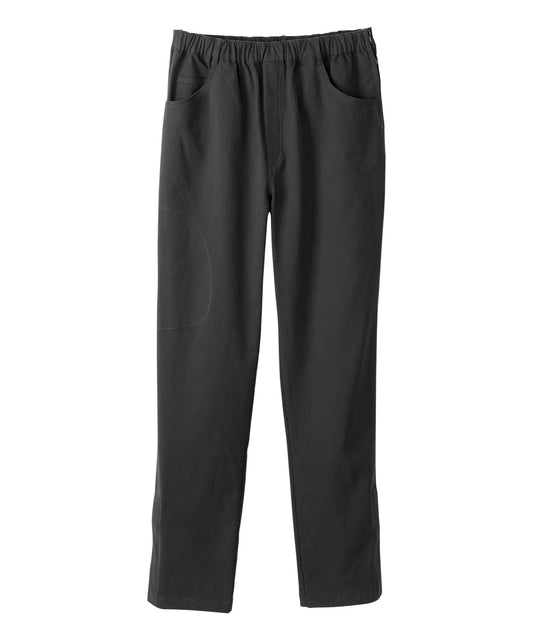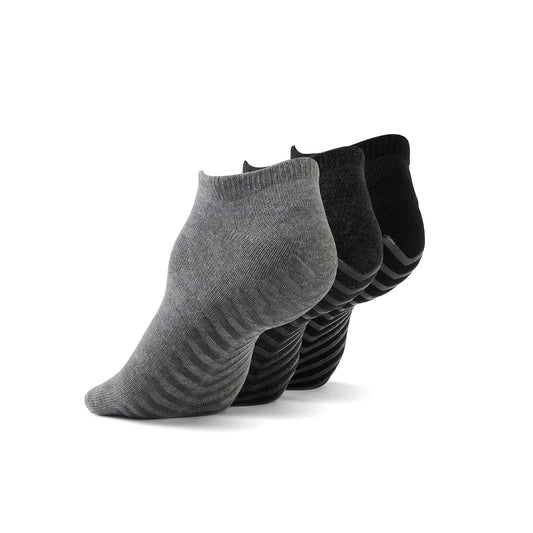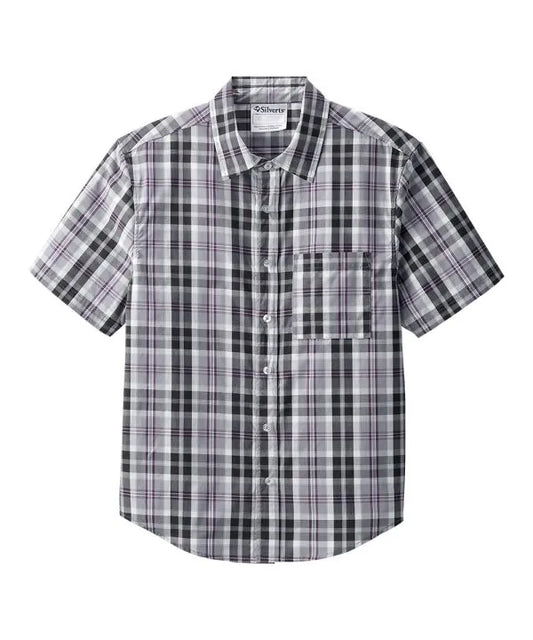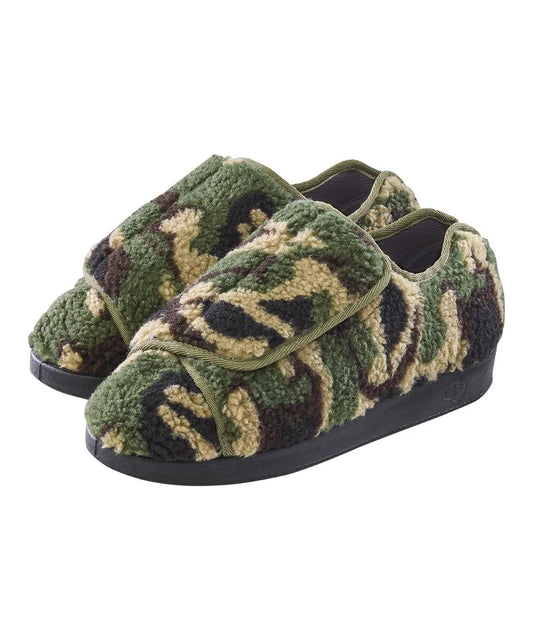Author: Marsal Tayeb
Arthritis-Friendly Shoes
For people living with arthritis, every step can be a reminder of the importance of proper footwear. Whether it’s stiffness in the morning or a dull ache that grows throughout the day, joint pain can impact your confidence, mobility, and independence. But here’s the good news: the right pair of shoes can truly change the game. As someone who has personally watched a close family member struggle with arthritis, I’ve seen firsthand how life-changing the right footwear can be.
Finding arthritis-friendly shoes isn’t about picking the flashiest or trendiest style. It’s about choosing something that prioritizes comfort, support, and accessibility. So, what makes a shoe arthritis-friendly? Let’s walk through it—pun intended.
Cushioning vs. Support: What Matters Most?
There’s often a lot of debate when it comes to selecting shoes for joint pain. Some say cushioning is the most important factor, while others insist on support. But for many people with arthritis, the answer lies somewhere in between.
From personal experience helping my grandmother manage her joint pain, I noticed she initially gravitated toward ultra-cushioned shoes. They felt plush underfoot—but lacked structure. Over time, this caused her balance to suffer, leading to even more discomfort. When we switched to a more supportive shoe with a memory foam insole, it was like night and day. She finally found a pair that didn’t just feel soft but actually helped her walk with better posture and stability.
Why Cushioning Matters
Cushioning is essential for absorbing the shock that comes with every step—especially for individuals who experience joint inflammation or pain in the knees, hips, or even the spine. A good cushioned sole can reduce the load on these joints, particularly if you walk or stand for long periods.
But not all cushioning is equal. Materials like EVA foam, memory foam, and gel inserts are often found in shoes designed for arthritic feet. These materials help evenly distribute pressure, preventing hot spots and friction that can lead to blisters or discomfort.
Why Support Can’t Be Ignored
That said, cushioning without support is like a plush sofa with no frame—it’s cozy for a moment, but ultimately unsustainable. People with arthritis often benefit from shoes with a firm sole, a stable heel counter, and good arch support. These features help guide the foot into proper alignment, reduce overpronation, and encourage smoother movement.
When you find a shoe that blends cushioning with support, you’re not just relieving pain—you’re preventing further strain. And that’s something worth investing in.
Best Shoe Styles for Arthritic Feet
I’ll admit, I used to think supportive shoes couldn’t be stylish. But when I started exploring more adaptive and arthritis-friendly options—especially those available through JuneAdaptive.com—my perception changed completely.
Take indoor slippers, for example. These are often overlooked, yet they’re some of the most worn footwear in a person’s day-to-day life. I remember my uncle struggling to find something he could wear around the house that didn’t aggravate his swollen ankles. The Men’s Wide Non-Slip Indoor Slippers with Easy Closures were a revelation. These slippers are extra-wide,
fully openable, and easy to secure with Velcro. He could slide his feet in without struggling—and most importantly, they didn’t put pressure on his joints.
These slippers are thoughtfully designed for people dealing with arthritis, bunions, foot edema, and other podiatric conditions. Plus, they include a removable memory foam insole and anti-microbial fluid barrier—an essential for comfort and hygiene.
For women, the Women’s Wide Non-Slip Adjustable Indoor Slippers offer a similar experience. I’ve recommended these to friends’ parents and even tried a pair myself. The comfort is unmatched, and they don’t sacrifice function for form.
Beyond slippers, slip-on shoes with wide toe boxes and adaptive sneakers are fantastic options. They remove the need for tying laces—a frustrating task for anyone with limited dexterity due to arthritis. Supportive flats, on the other hand, can still be stylish while offering that much-needed structure and comfort.
How to Find Shoes That Reduce Pressure Points
One of the things people often forget about arthritis is how unpredictable it can be. Some days are fine. Others? Just brushing against a sore toe or heel can feel unbearable. That’s why it’s critical to find shoes that reduce or eliminate pressure points entirely.
One afternoon, I watched my mother wince as she put on a pair of rigid sneakers. The problem wasn’t size—it was all the seams, stiff material, and narrow toe box pressing directly against her bunions. We later found a pair that featured soft uppers, padded collars, and stretchy fabric. The difference in her comfort level was incredible.
If there’s one thing I can recommend to people shopping for arthritis-friendly shoes, it’s this: look for gentle, flexible materials. Prioritize shoes that contour to your foot rather than force your foot to adapt to them. Soft mesh or breathable knit uppers, for example, allow your foot to move and expand naturally—something that’s especially important for people who deal with daily swelling.
Additionally, avoiding shoes with tight straps, buckles, or thick seams near pressure-prone areas is a must. That’s why June Adaptive’s wide slippers and adjustable shoes are so well-loved. They provide a non-binding fit that adjusts as needed, which is perfect for fluctuating inflammation or shape changes throughout the day.
Orthotic-Compatible Options for Arthritis
Not everyone with arthritis will require custom orthotics—but for those who do, finding orthotic-compatible shoes is key. Too often, people buy beautiful orthopedic inserts only to discover their shoes don’t accommodate them.
Orthotics can help correct foot posture, alleviate pressure on joints, and distribute weight more evenly—especially for individuals with knee, hip, or lower back arthritis. But to reap the benefits, your shoes need to be designed to work with them.
What does that mean in practice? Look for shoes that have:
-
Removable insoles, so you can easily insert your custom orthotics
-
Deep heel cups to keep your orthotics in place and stabilize your gait
-
Extra depth and wide sizing to accommodate both the foot and the insert
The Men’s Wide Non-Slip Indoor Slippers, mentioned earlier, check all these boxes. Their removable memory foam insoles make swapping in your orthotics effortless, and their wide frame ensures a comfortable, pressure-free fit even with added inserts.
Finding the Right Fit: Tips That Make a Difference
If you’re shopping for arthritis-friendly shoes for yourself or a loved one, here are a few personal tips that have helped me over the years:
-
Shop later in the day: Feet swell as the day progresses, and shopping in the afternoon gives you the truest sense of how your shoes will fit when your feet are at their largest.
-
Measure both feet: Arthritis can cause asymmetrical swelling or changes. Always size for the larger foot to avoid tightness or pinching.
-
Focus on function: While aesthetics are great, prioritize the shoes’ ability to reduce pain, support posture, and prevent falls.
-
Break them in gradually: Even the best shoe can take a few days to feel like it’s “yours.” Wear them for short intervals at first to allow your feet to adjust.
These aren’t just general tips—they’re things I’ve picked up from real experiences with loved ones who live with arthritis daily. When you prioritize comfort, ease, and safety, you’re not just making a footwear choice—you’re making a lifestyle upgrade.
Choosing the right shoes and adaptive clothing is more than just a comfort choice for people with arthritis—it’s a vital component of managing pain, preventing joint damage, and maintaining mobility. One in four adults experience foot problems, and these issues are especially prevalent among those with rheumatoid arthritis or osteoarthritis affecting the knees, hips, or spine. Made-to-fit supportive footwear and custom orthotic inserts have been shown to reduce foot pain, improve gait mechanics, and potentially slow the progression of knee osteoarthritis. In particular, evidence from clinical reviews and trials highlights that custom-designed orthotics can significantly decrease pain among individuals with arthritis-related foot deformities, bunions, or high arches, offering gold- and silver-level support for their effectiveness. For someone navigating daily life with arthritis, investing in shoes and clothing that address fit, cushioning, arch support, and pressure distribution isn’t just functional—it supports independence and overall well-being. In short, finding arthritis-friendly footwear and adaptive apparel is not a luxury: it’s an essential health strategy.
Step Into Comfort: Your Call to Action
Living with arthritis doesn’t mean giving up comfort or style. You just have to shop smarter. At JuneAdaptive.com, there’s a wide range of thoughtfully designed footwear that puts people with joint pain and mobility challenges first. Whether you need adjustable slippers, orthotic-ready shoes, or easy-on options that won’t aggravate your hands or knees, you’ll find something that fits both your feet and your life.
Visit JuneAdaptive.com today to explore arthritis-friendly, orthopedic footwear made for real life.
Links to the 3 products offered on June Adaptive















